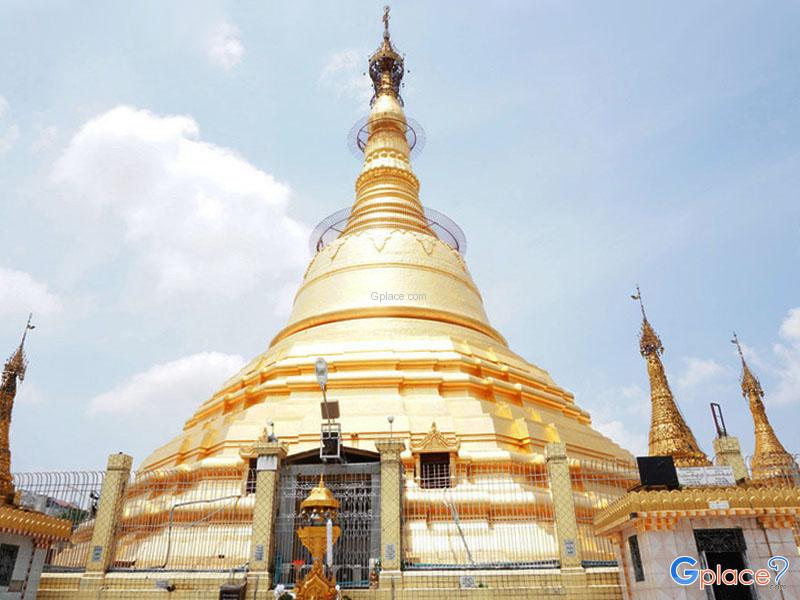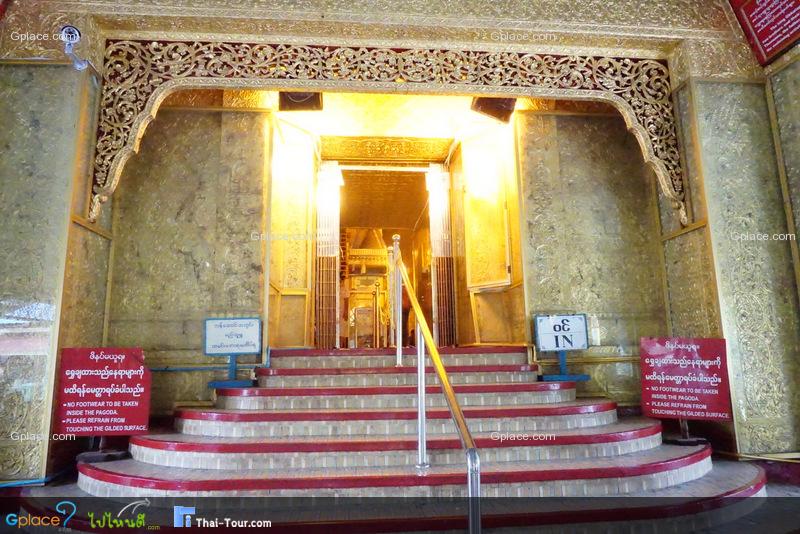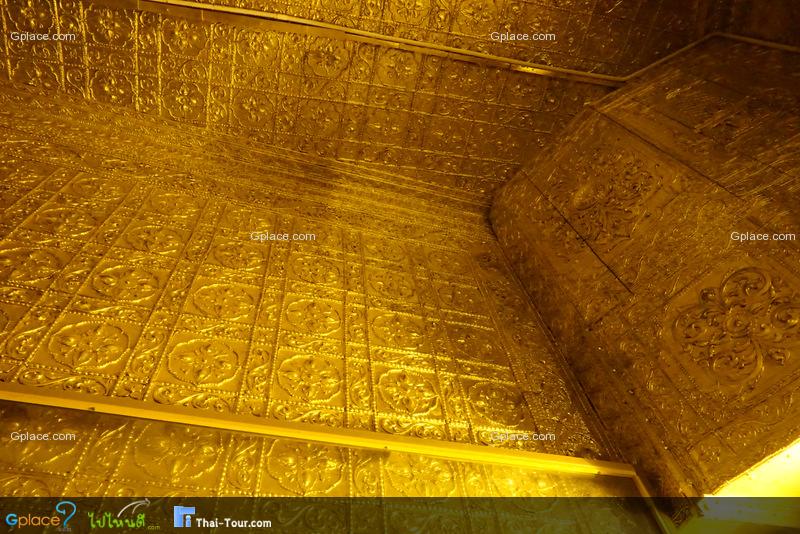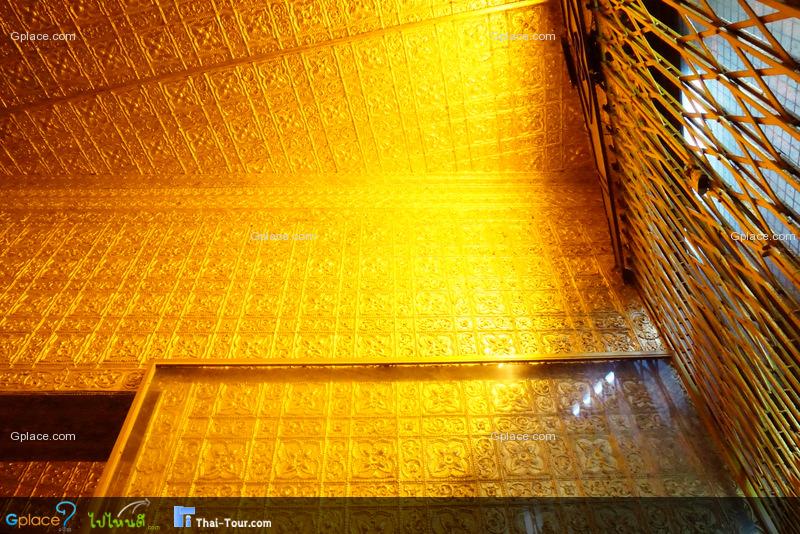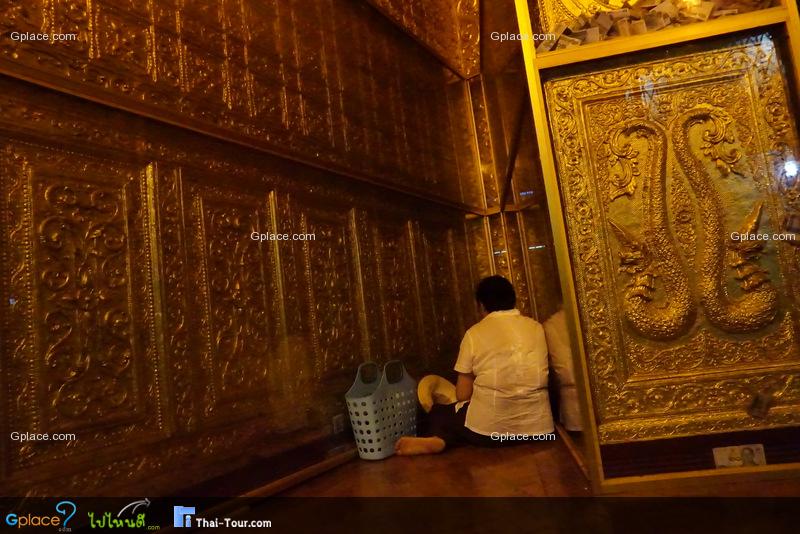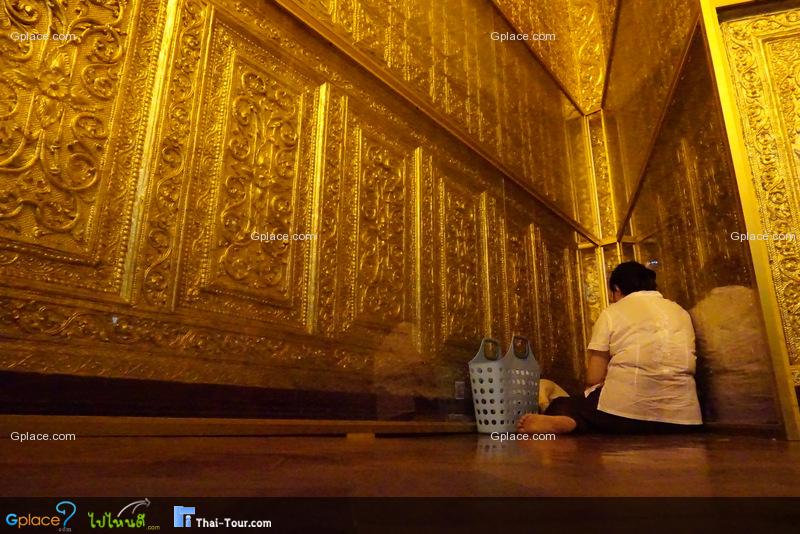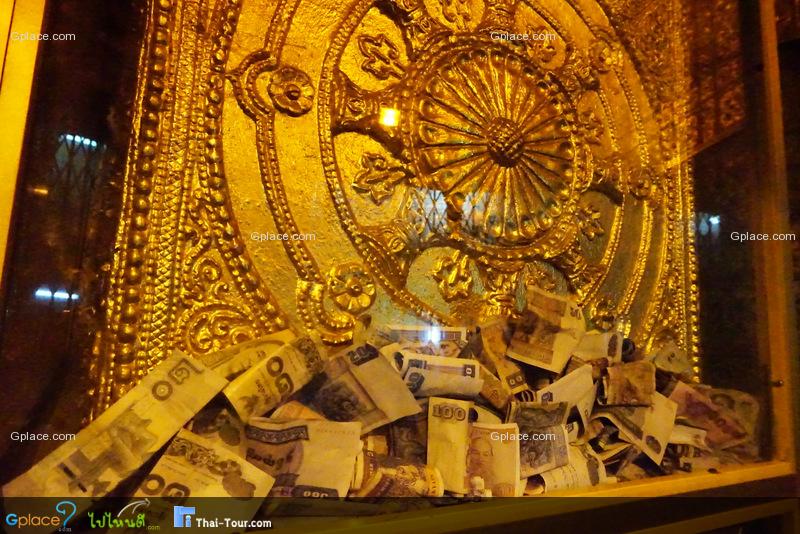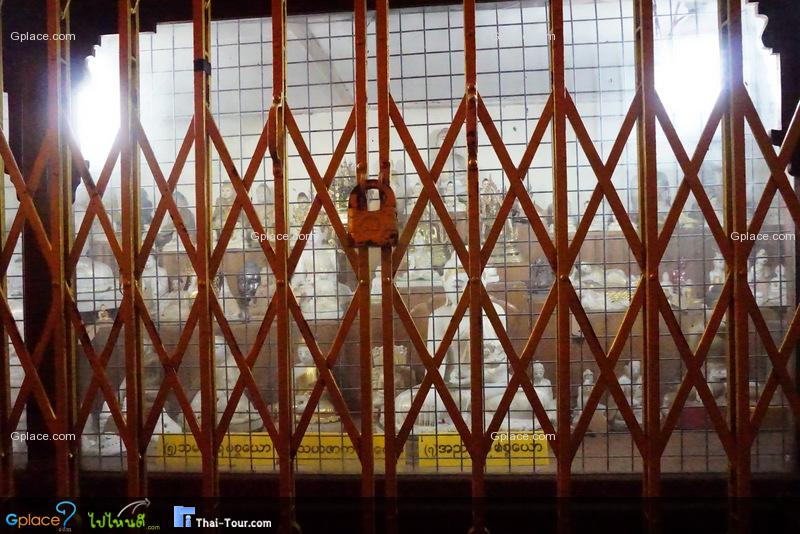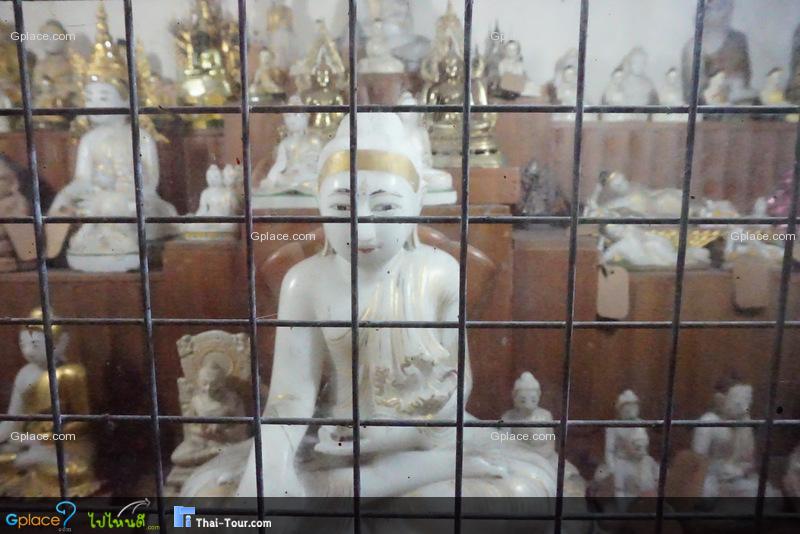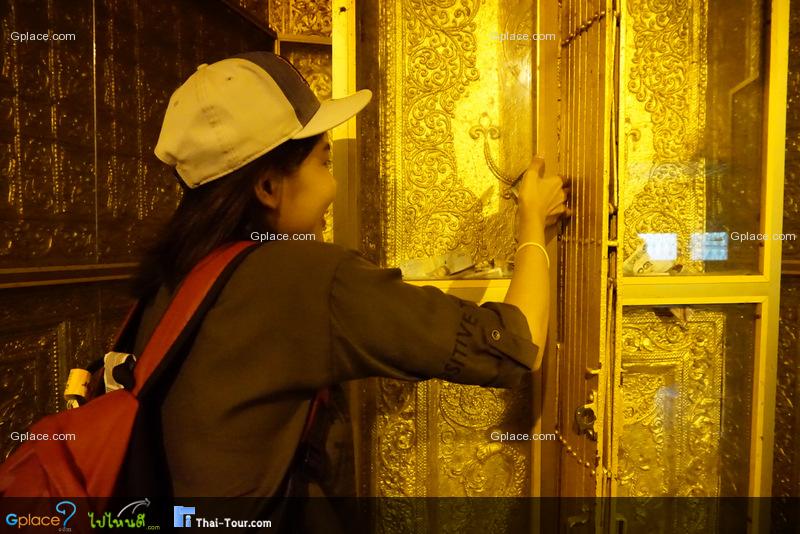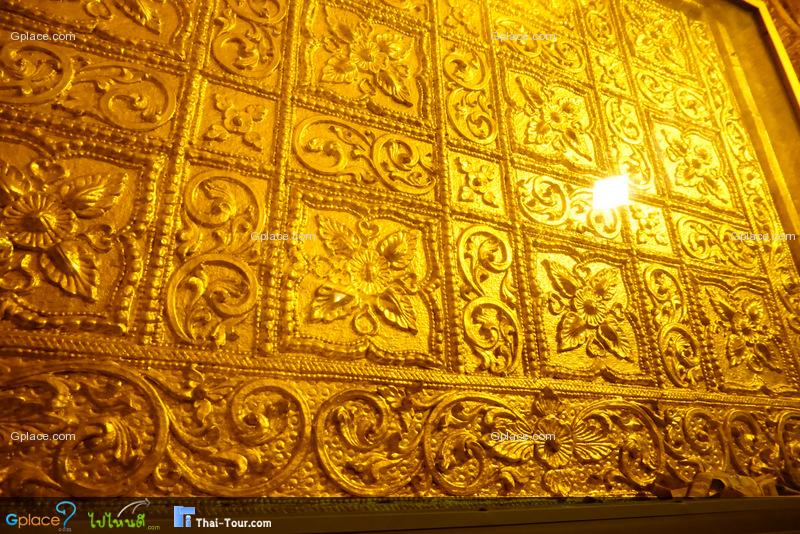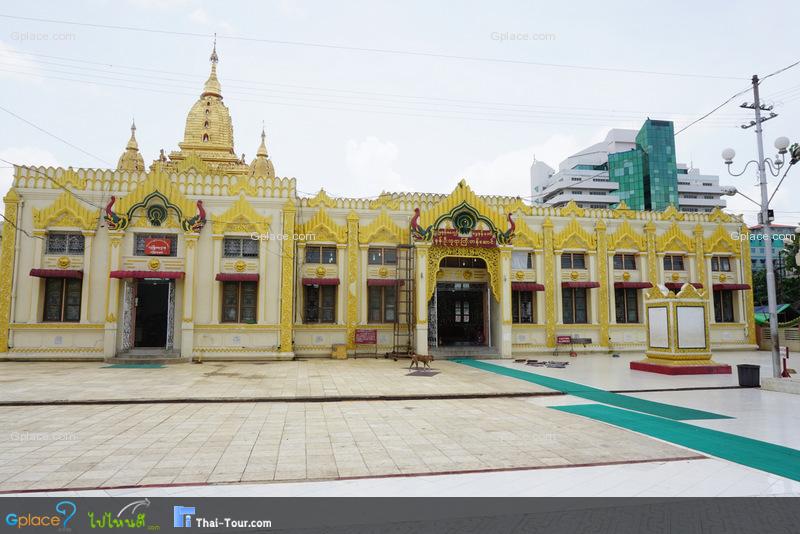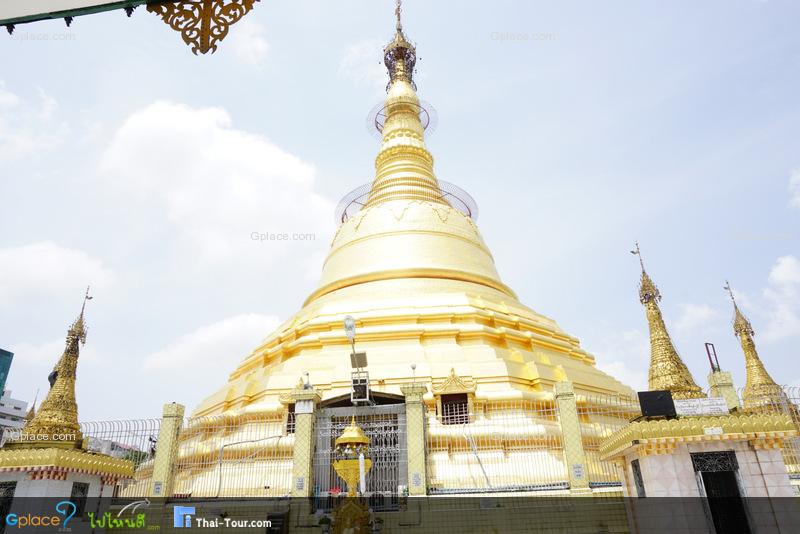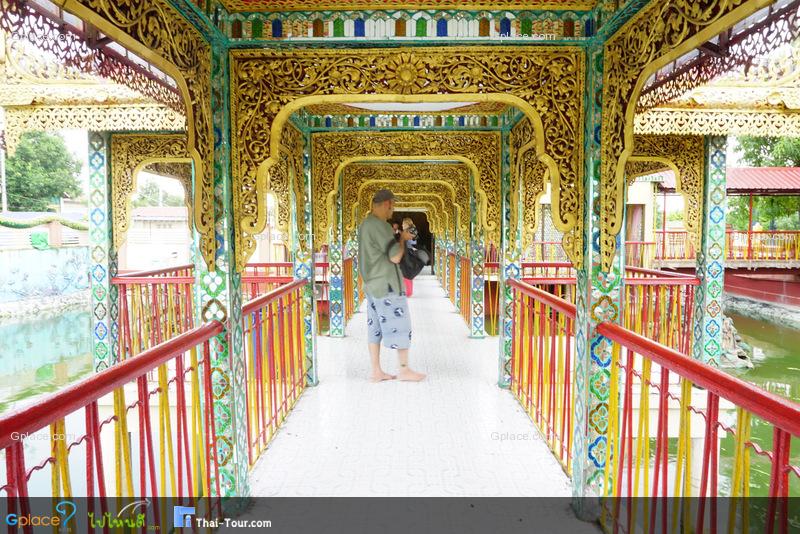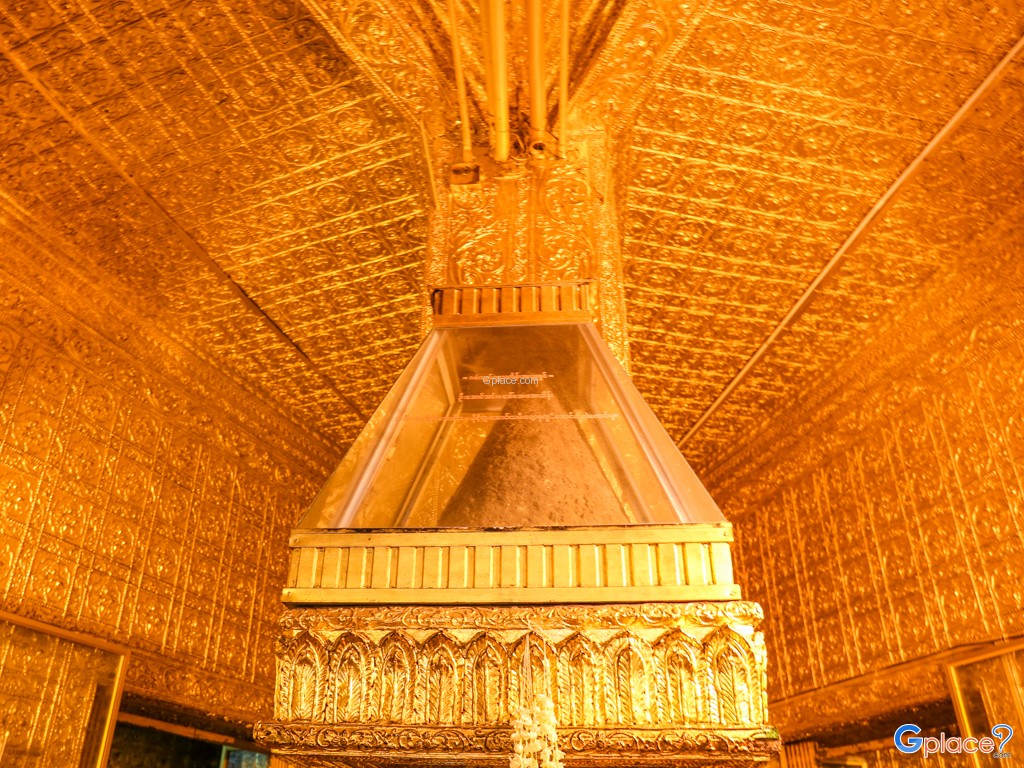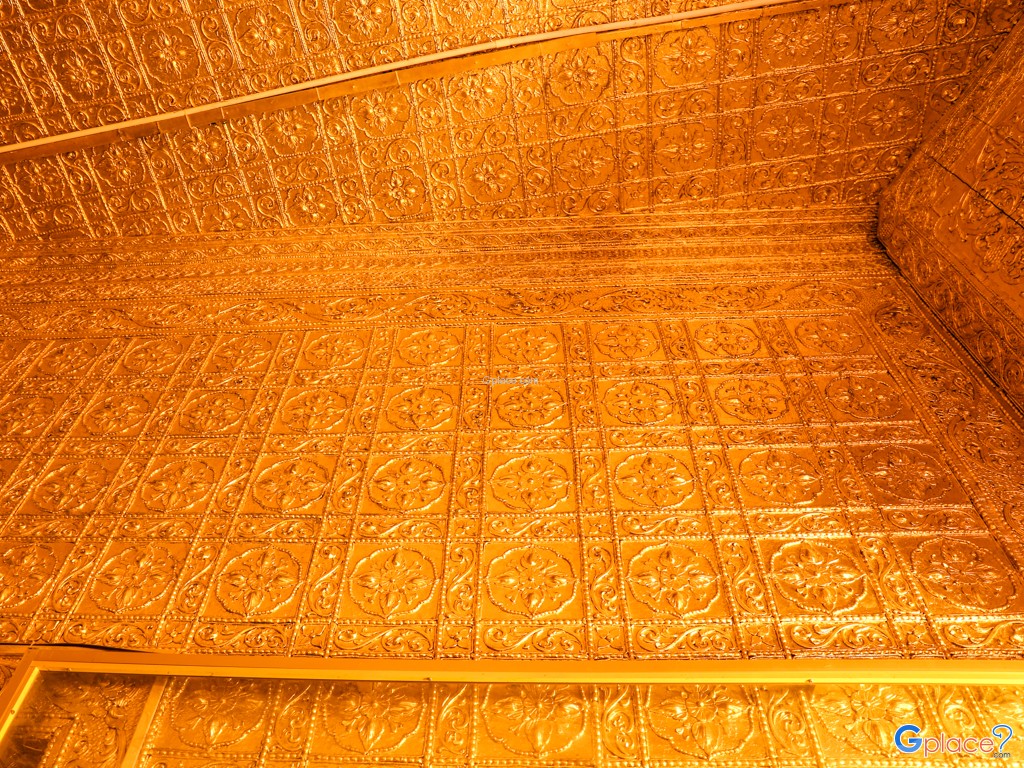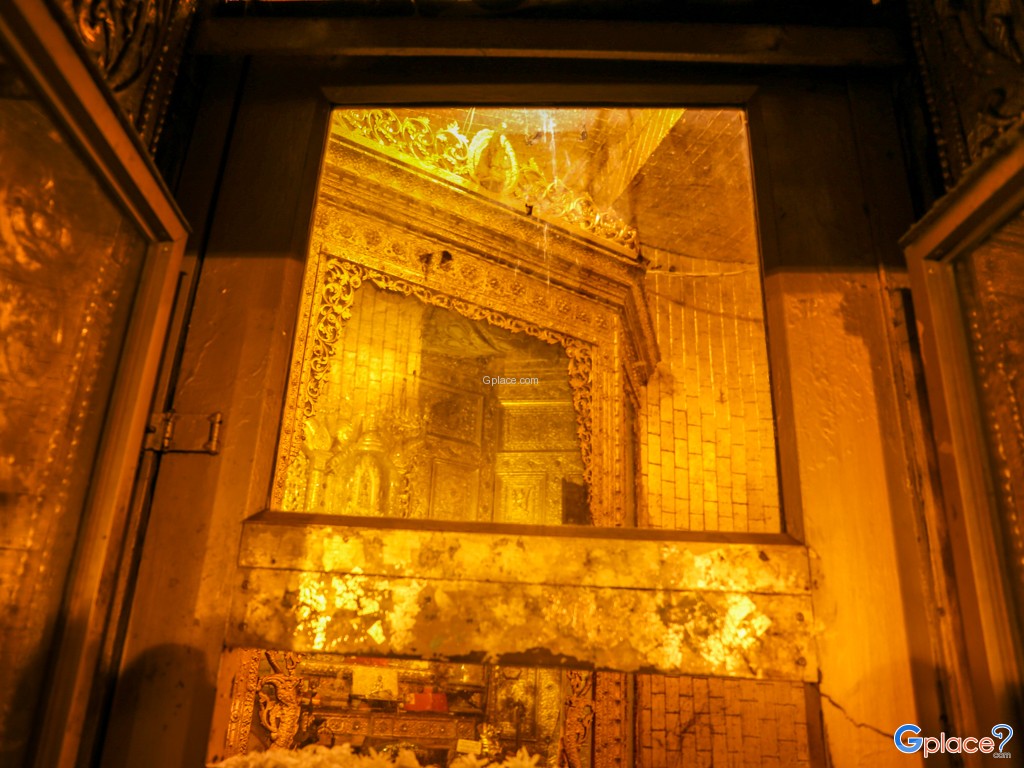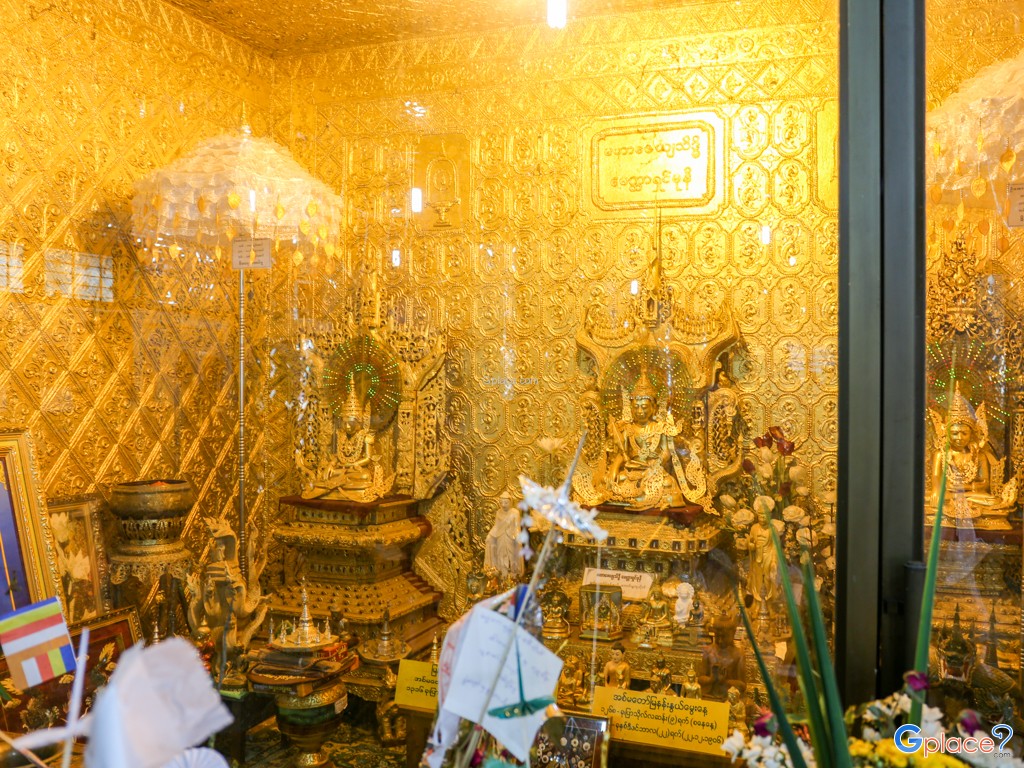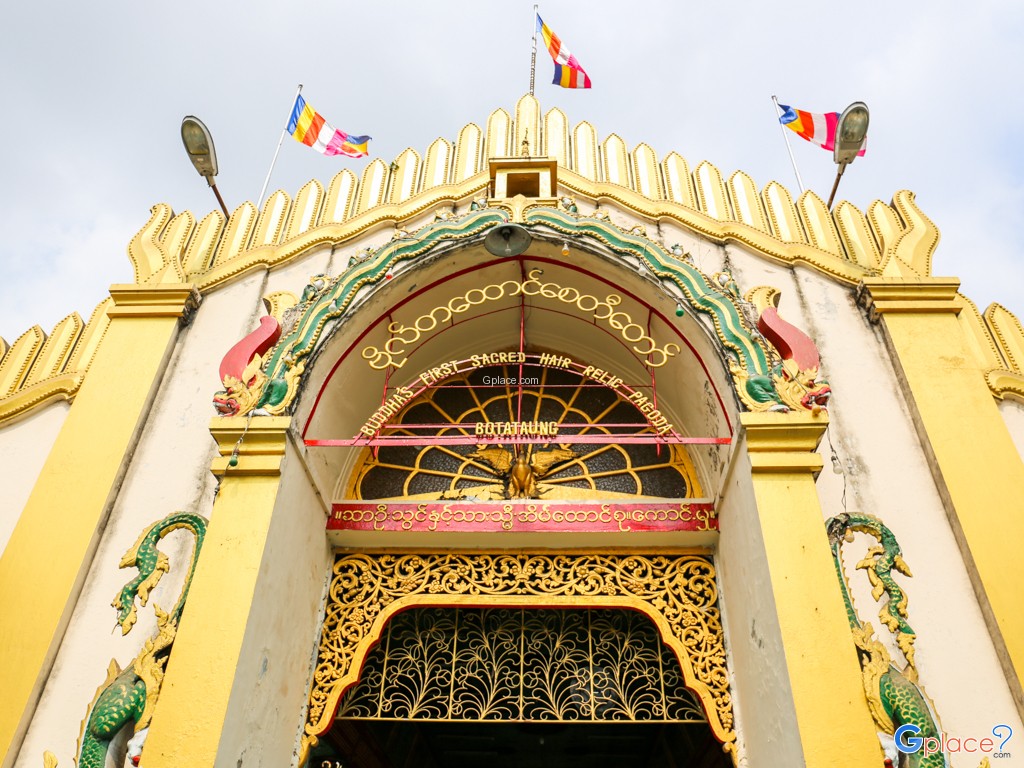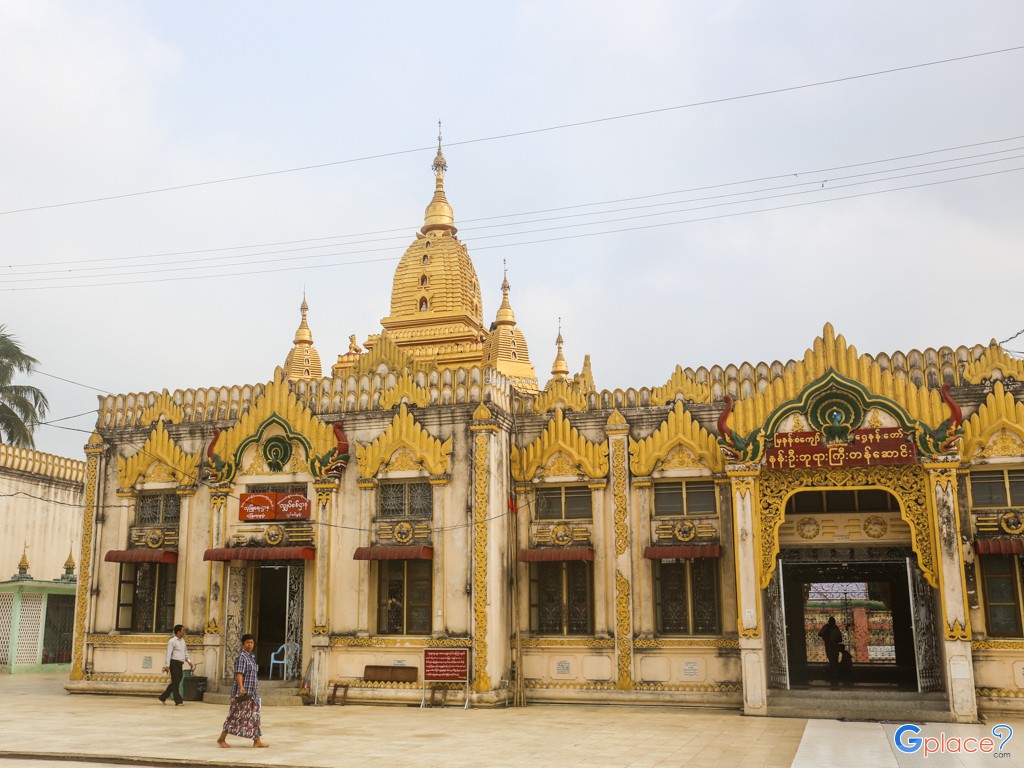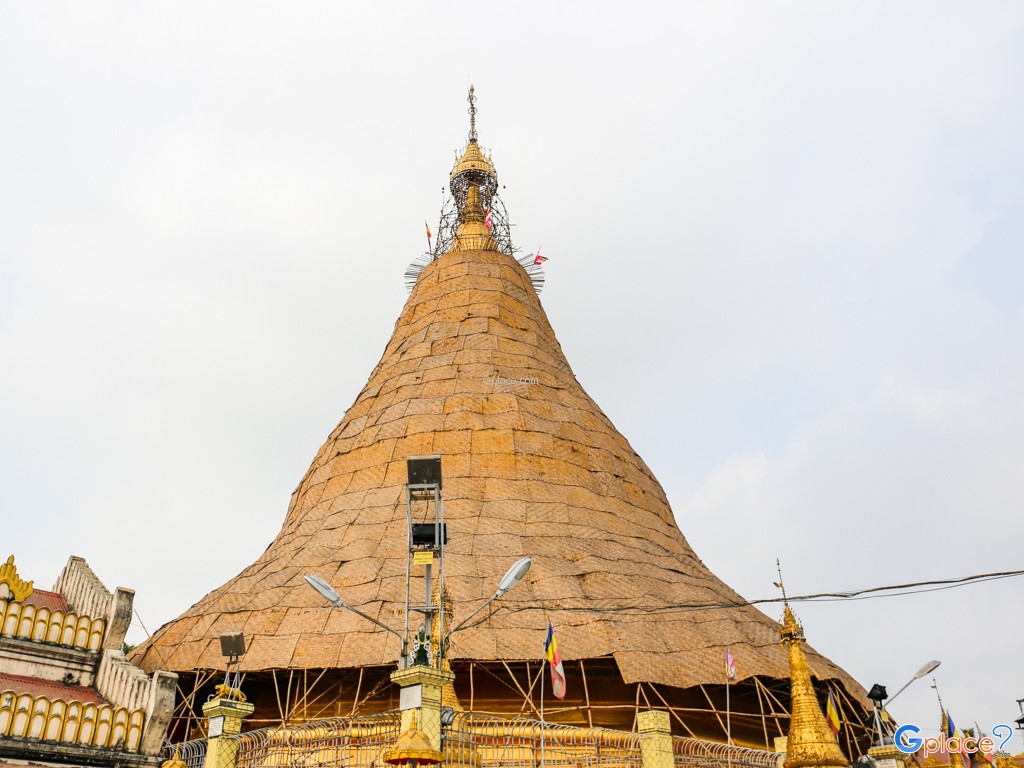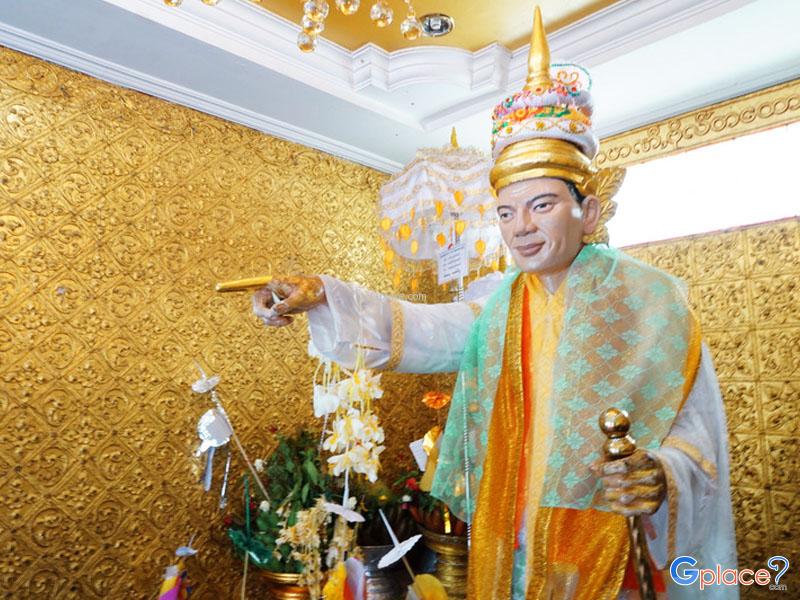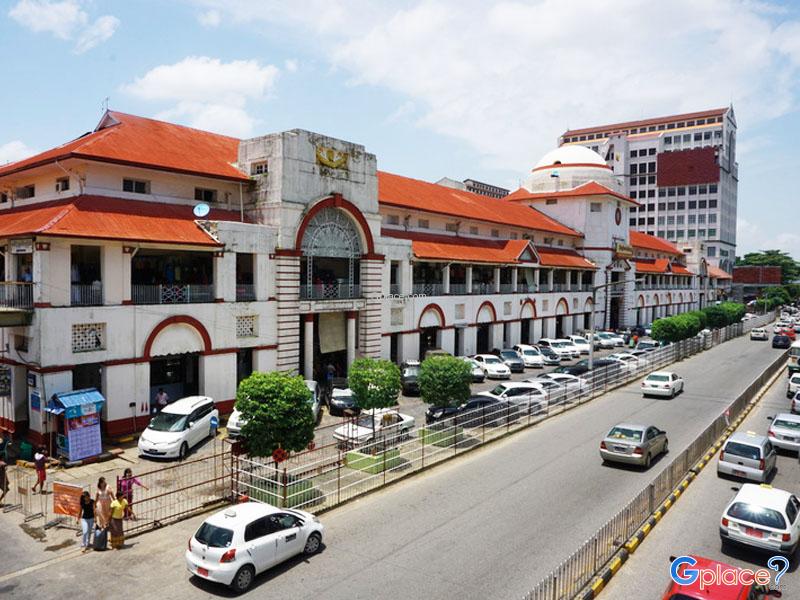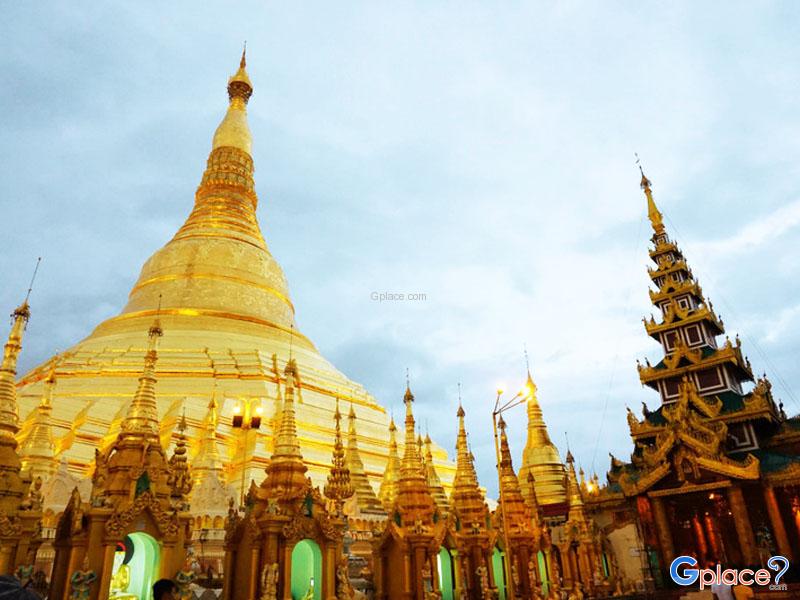“Step inside the golden stupa to witness the sacred Buddha hair relic encased in glass.”
Botahtaung Pagoda is one of the most spiritually significant and visually captivating landmarks in Yangon. According to legend, over 2,500 years ago, Buddha’s sacred relics—including strands of his hair—were brought from India and enshrined at this riverbank location under the guard of a thousand soldiers. The name ‘Botahtaung’ translates to ‘One Thousand Generals’ in honor of these guardians.
The original structure was destroyed during World War II but was rebuilt in 1956 to its present-day height_ of 48 meters. What makes this pagoda truly unique is the opportunity to walk inside the hollow stupa, along a dazzling, maze-like golden passage adorned with intricate glass mosaics. At its center lies a glass-encased relic chamber housing Buddha's hair—drawing pilgrims and tourists alike into quiet awe.
In front of the pagoda, a lively street market welcomes visitors with stalls selling flowers, fruits, and offerings. To the west stands a small shrine with the revered Nan-Oo Buddha, a Mandalay-style statue that was once exhibited in London’s Victoria and Albert Museum before being returned to Myanmar in 1951. Nearby, a peaceful pond filled with fish and turtles adds to the temple's serenity, with popcorn sold nearby for feeding them.
Crossing a covered bridge leads to a Nat shrine, where guardian spirits like the Wish-Granting Bo Bo Gyi and the Whispering Angel are believed to grant wishes—especially when offered young coconuts, bananas, or donations. These spirit figures remain a vital part of Myanmar’s spiritual landscape and are found in most religious sites across the country.
Opposite the pagoda, a monastery offers glimpses of monastic life, while a short walk takes visitors to the river jetty—perfect for observing the rhythm of daily life along the Yangon waterway.
How to Get There
From downtown Yangon, Botahtaung Pagoda is easily reached by taxi or private car within 10–15 minutes. It's situated near the riverfront, close to Yangon’s colonial downtown district.
Travel Tips
Dress modestly and remove your shoes before entering. Photography is permitted in most areas, but avoid flash near relics. Don’t miss the chance to buy flowers or incense from local vendors outside for merit-making.
Admission Fee
- Around 3,000 MMK for foreigners (subject to change); free for locals. Donations are welcomed at various spots.
Opening Time
- Open daily from 6:00 AM – 8:00 PM

















